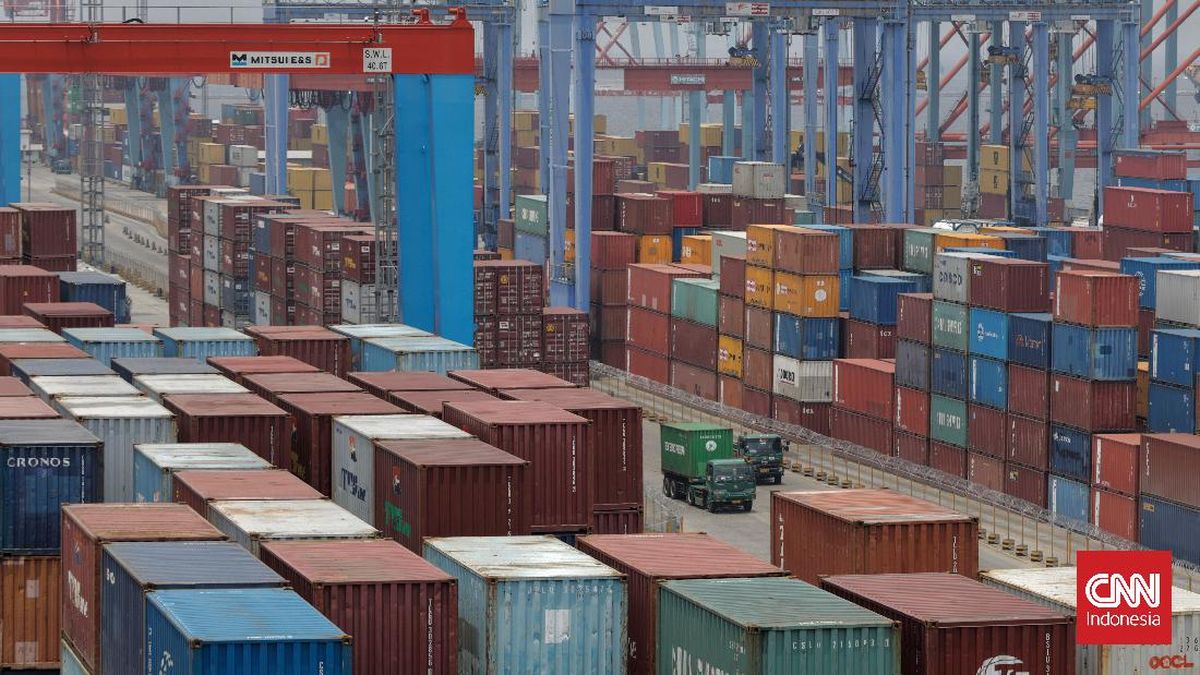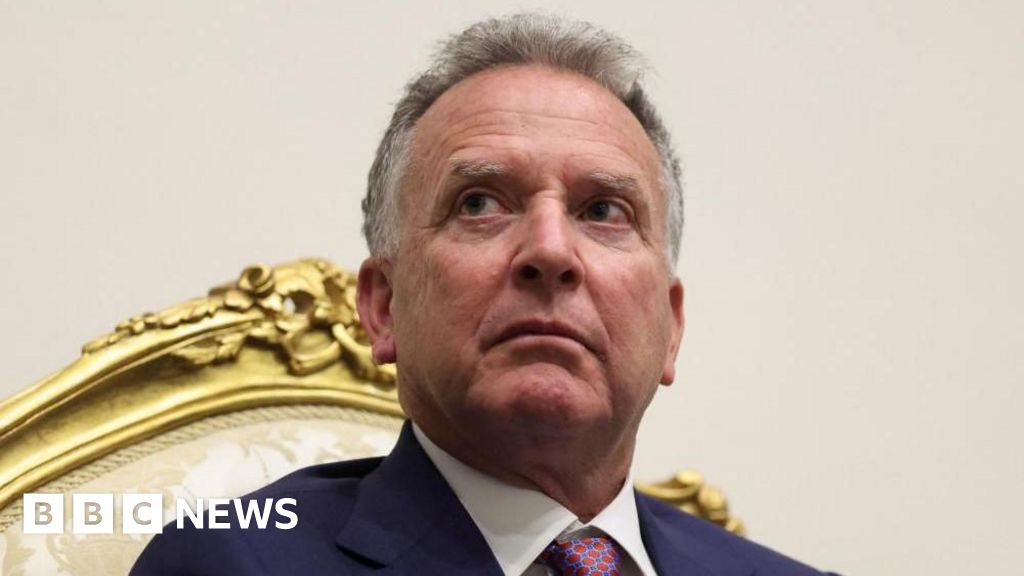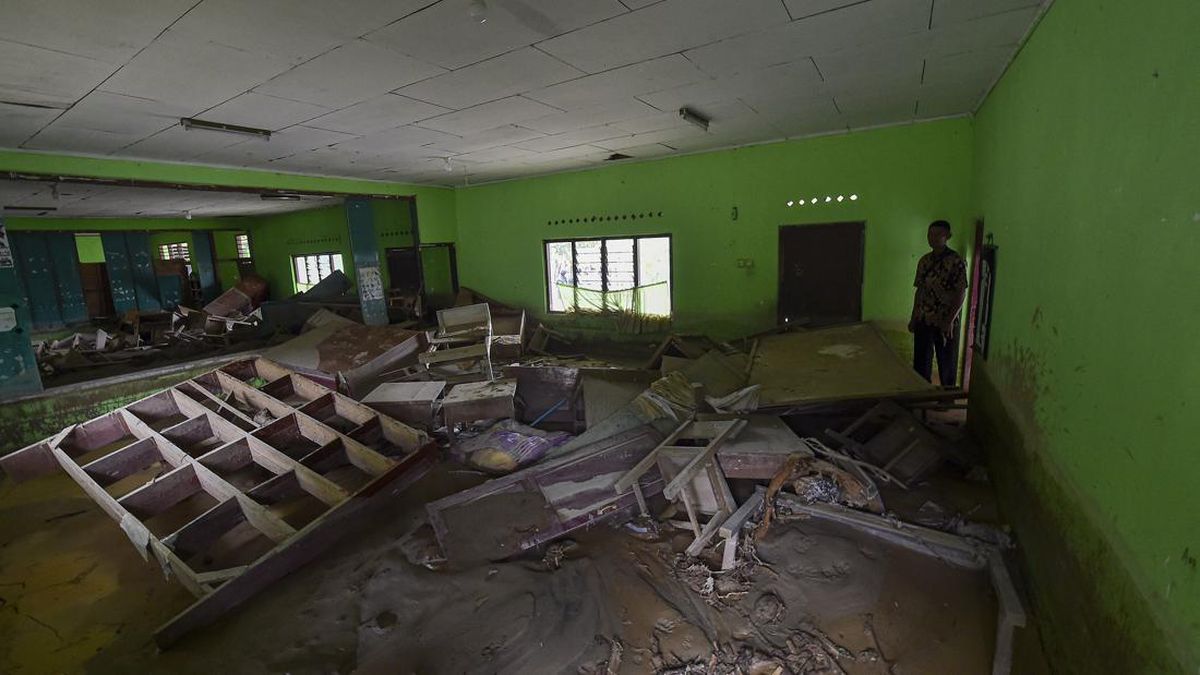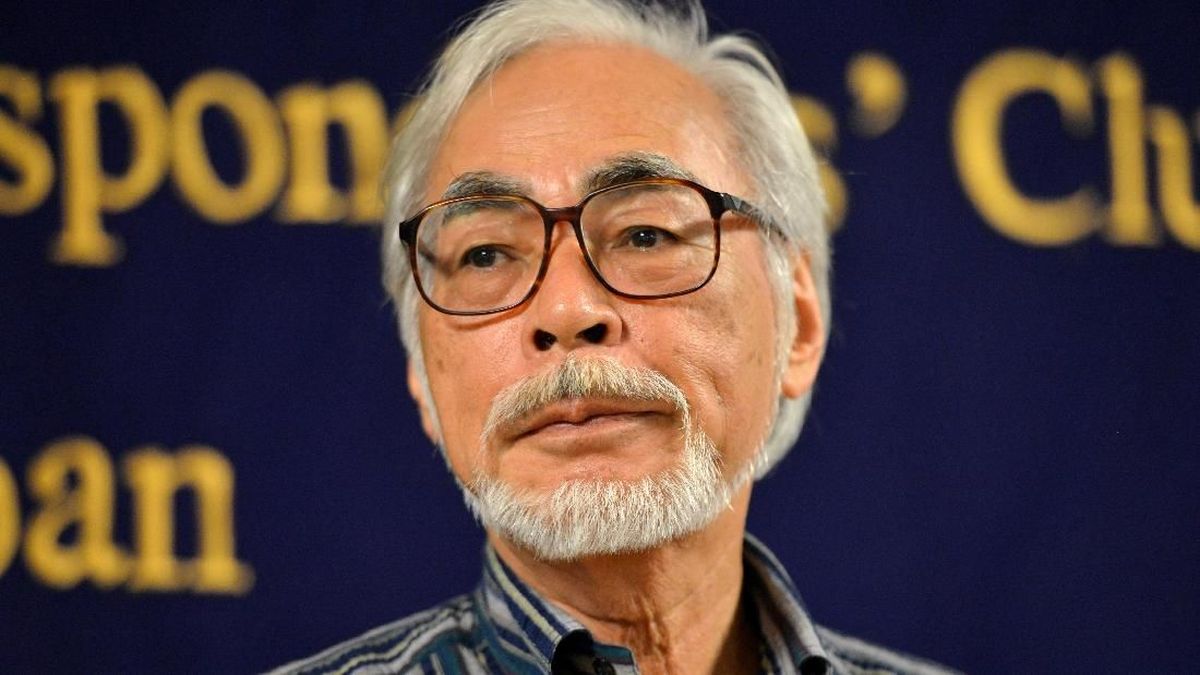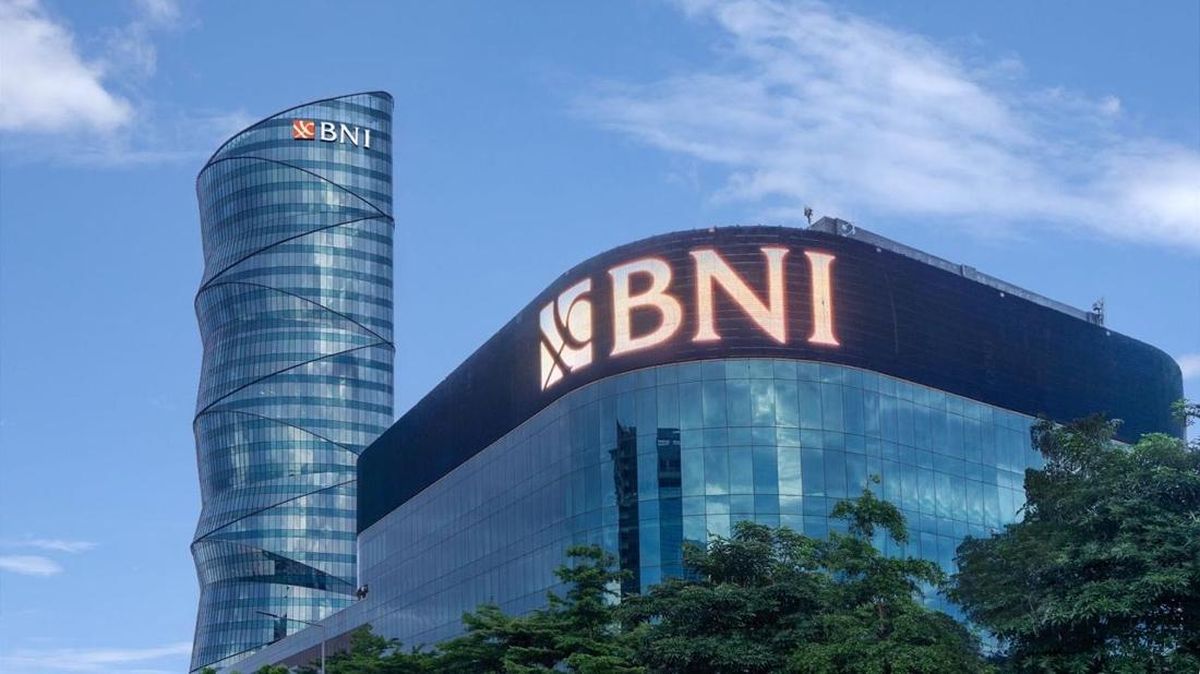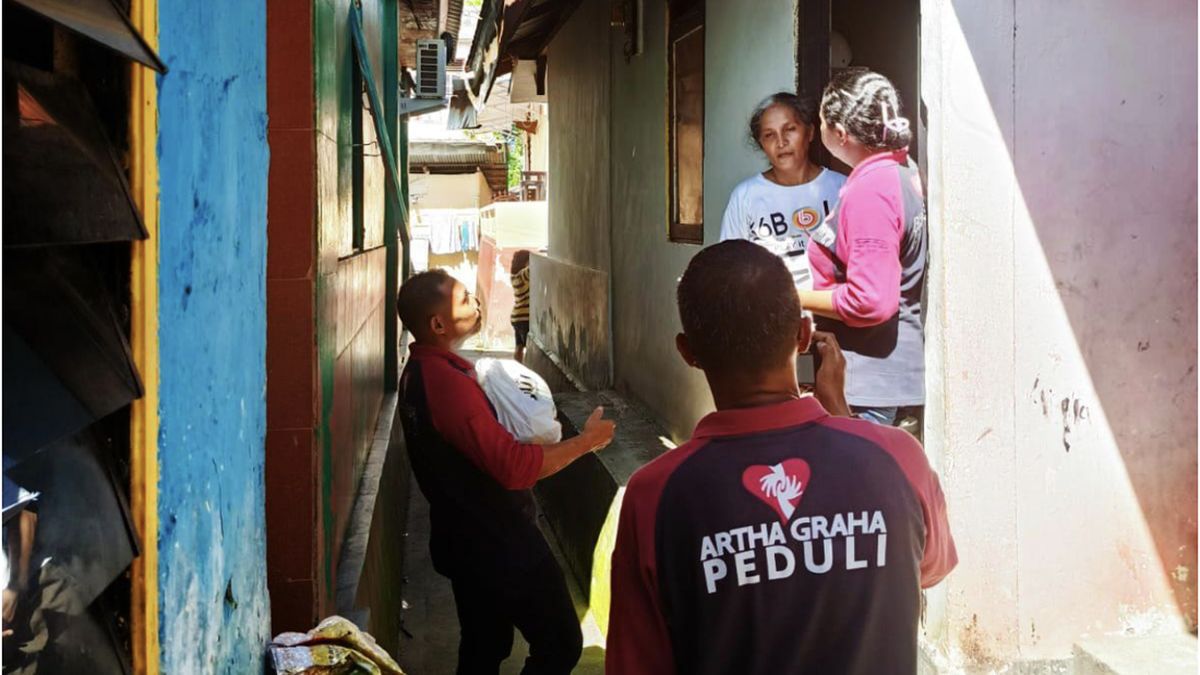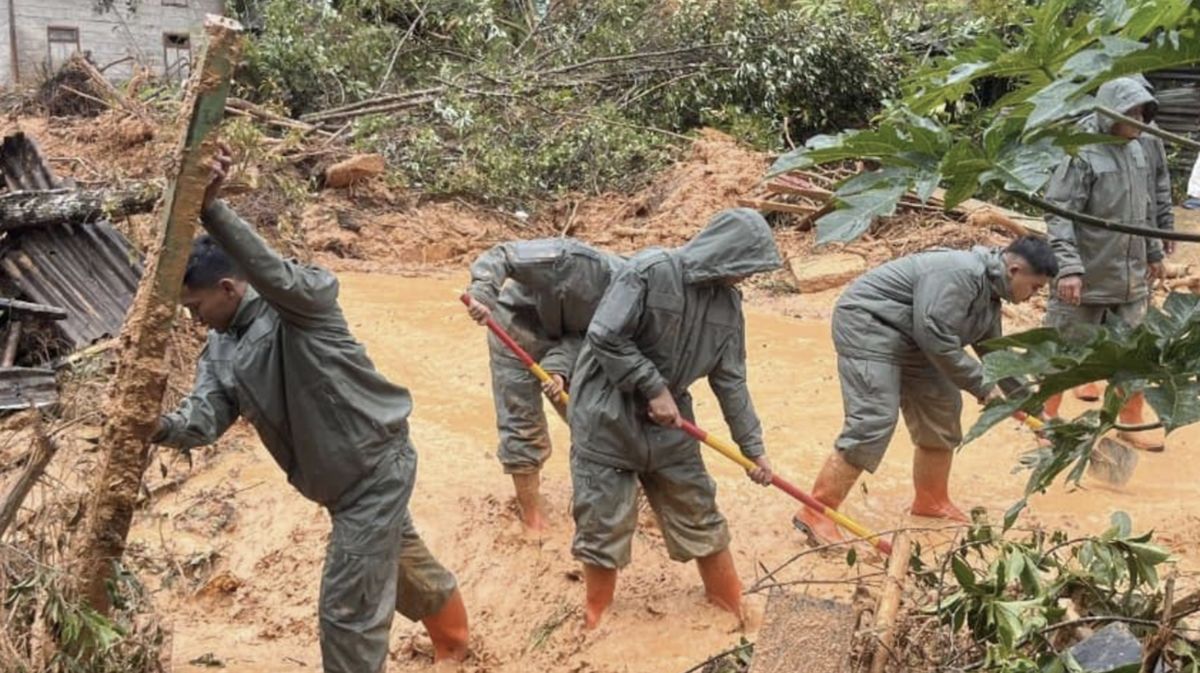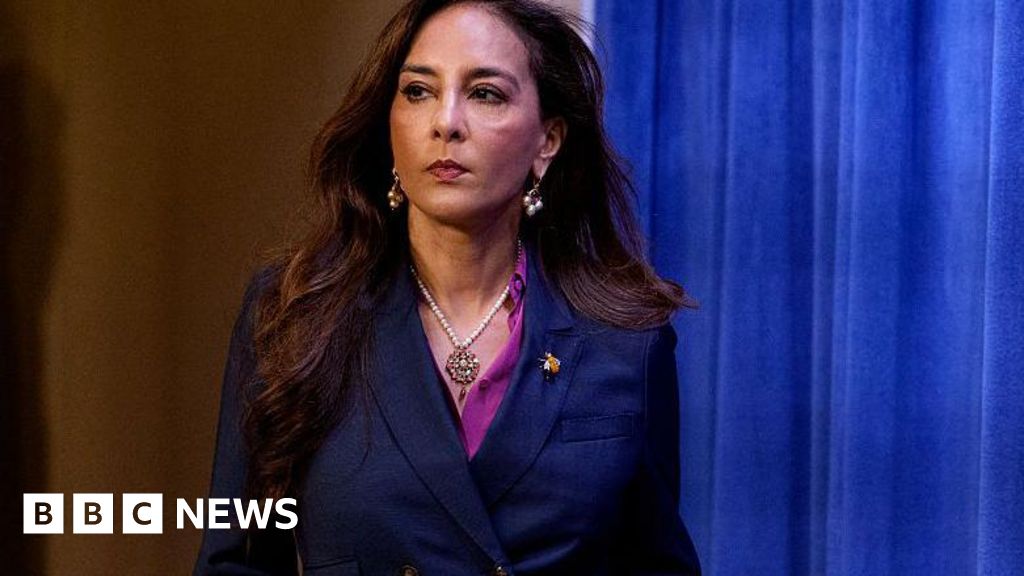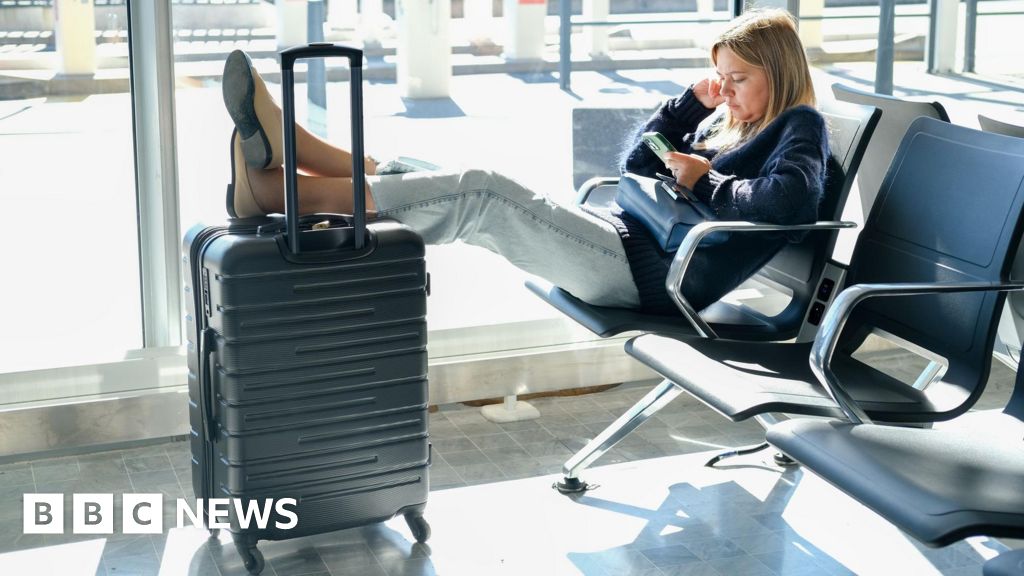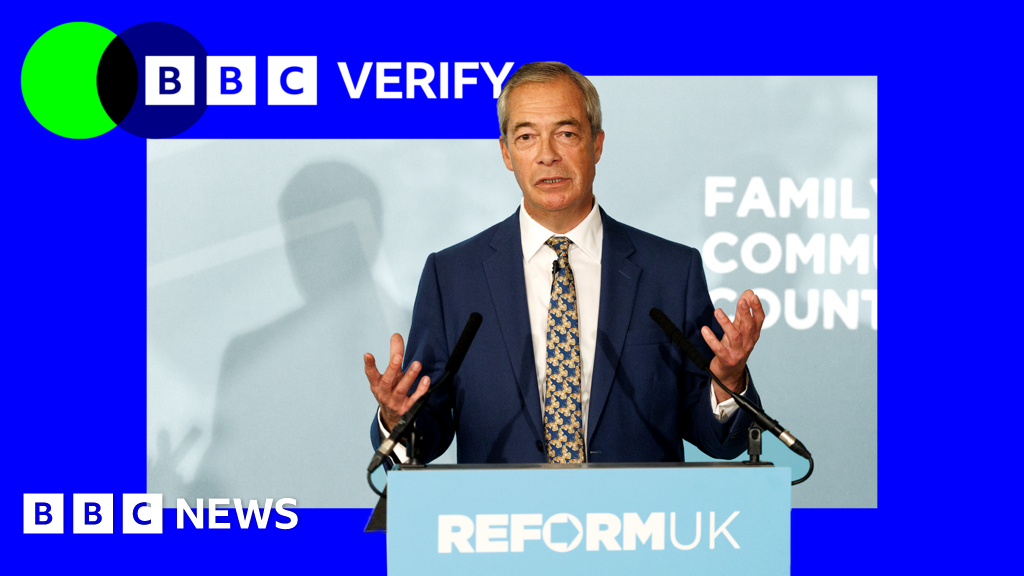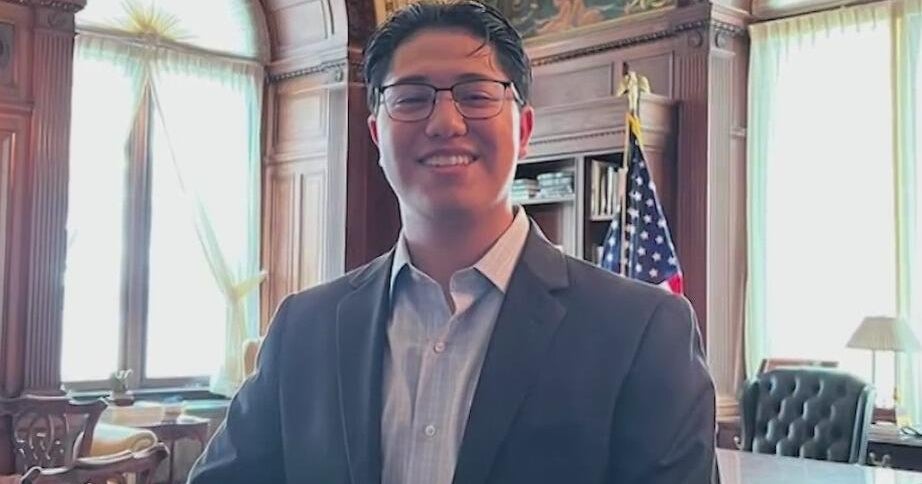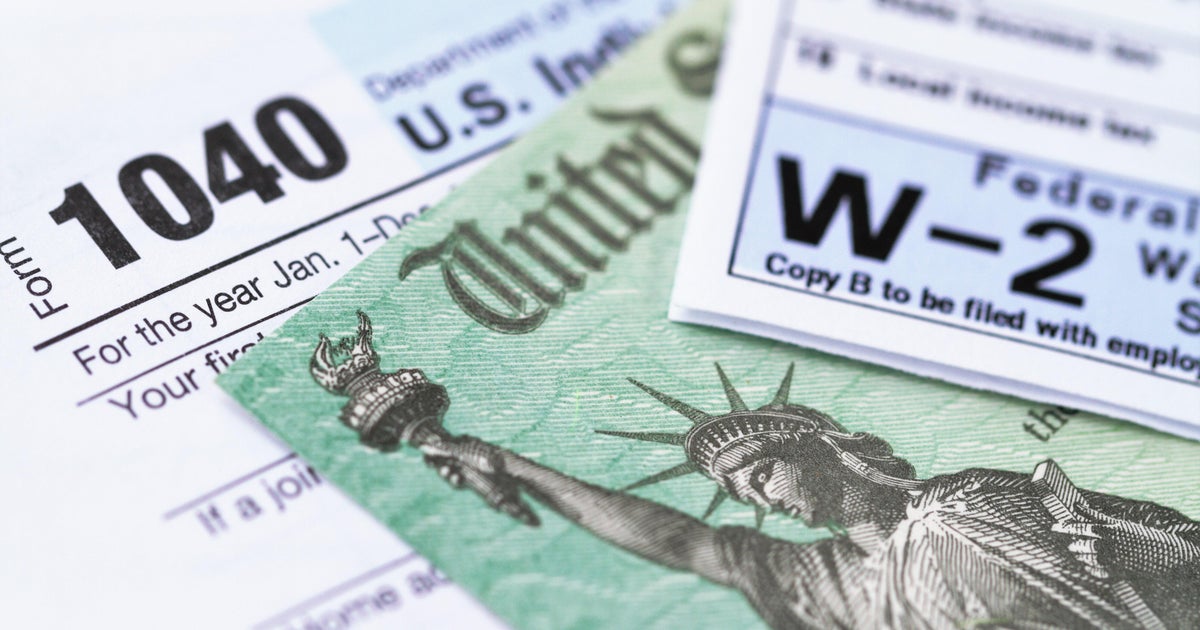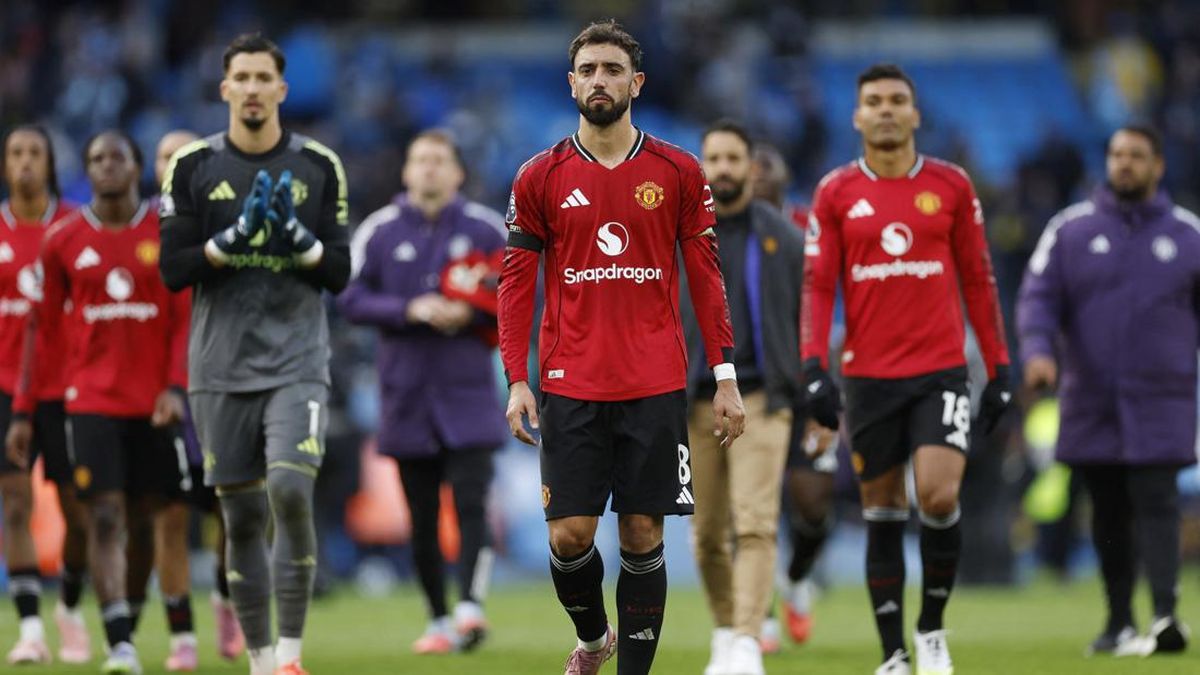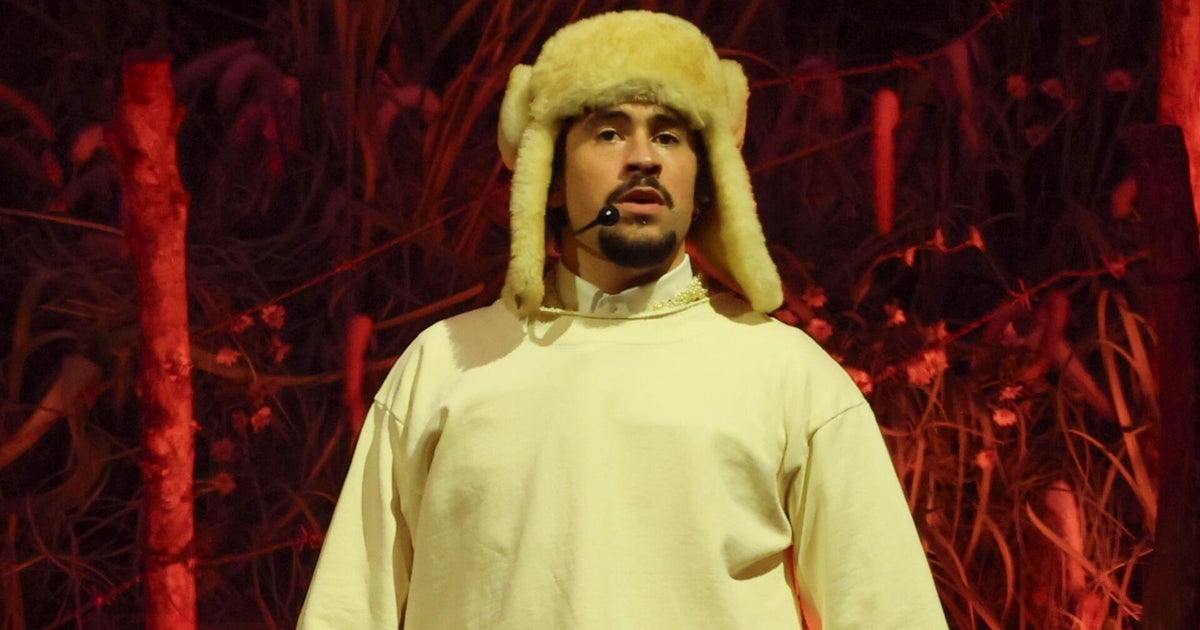In this special series, The Age focuses on Melbourne’s western suburbs to see how life could improve in Australia’s fastest-growing region.
See all 30 stories.More than 20 sites in the heart of Footscray have planning permits that would deliver more than 4000 apartments, but are sitting idle, in some cases for several years, due to low confidence in the market.
Footscray has a housing shortage, exacerbated by long-term landbanking, as property owners refuse to act on development permits for sites in the centre of the inner-western suburb, Maribyrnong City Council chief executive Celia Haddock says.

Maribyrnong Mayor Pradeep Tiwari at the site of the Little Saigon Market, which burnt down in 2016.Credit: Joe Armao
Landbanking is the practice of buying land and holding on to it with no specific plans for its use.
Haddock cited one case in which an owner had sought four extensions to a planning permit. She said a “use it or lose it” rule for approvals should be considered in the current review of Victoria’s planning laws.
Idle sites in central Footscray with permits for development include the former Little Saigon Market, which was destroyed by fire in 2016, the former Forges building, Paint Spot, Kinnears Ropeworks, the old Belgravia Hotel and the old bus depot.
Loading
Speaking at a West of Melbourne Summit panel on city precincts on Thursday, Haddock said the council wanted to see more high-density housing in central Footscray, but was being stymied by a lack of confidence among developers who faced high construction costs.
“We’ve got a lot going for us,” she said. “In Footscray’s CBD, confidence has fallen out of the market in development. We’ve got 22 sites … to build 4000 homes. Some of them have been sitting there idle for over 10 years, so we’ve been working closely with those developers, trying to get them to do some form of activation on the site.”
Reporters from The Age moderated the West of Melbourne Economic Development Alliance’s (WoMEDA) summit, which discussed a vision for the western suburbs’ success.
Haddock said more housing would support key workers at the $1.5 billion Footscray Hospital, due to open next year.

Maribyrnong City Council chief executive Celia Haddock.Credit: Elke Meitzel
“We’ve got all of these empty sites across the city, and we’ve got the hospital opening in February next year, and we’d love to be able to house all the staff in Footscray so they can walk to work.”
Peter Tulip, chief economist at the Centre for Independent Studies, said property owners could sit on sites they had a permit to develop for a host of reasons: the permit could be for medium-density housing, on a site they judged to be better suited to high-density housing.
“It doesn’t make sense to put up a four-storey block of flats if in five years’ time you get a bulldozer to put up 20 storeys,” Tulip said.
Another reason could be that the approved development was no longer financially profitable, but Tulip said this was rarely the case in inner Melbourne.
In its report, Western Growth: Unlocking Melbourne’s Economic Engine, WoMEDA identified landbanking as one of the biggest barriers to business investment in the western suburbs.
Landbanking is hampering housing supply, the alliance argues.
“This has been driven sometimes by anti-competitive behaviours, sometimes by profit. It is preventing the release and use of land for residential, commercial and agricultural purposes,” the report says.
It says more research is required on whether a carrot or a stick, such as a tax, would be the best way to deal with the practice.
Tulip, who is based in Sydney, said the NSW Housing Development Authority had brought in “use it or lose it” rules that set a five-year expiry date on permits.
Linda Allison, chief executive of the Urban Development Institute of Australia Victoria, said developers were finding it challenging to make apartment projects stack up in Melbourne, even in a prime location such as Footscray.
Few would see landbanking as a positive strategy, she said.
“A developer sitting on a site, paying a lot of holding costs – when you think about all of the land tax and vacant land taxes – is not where property developers want to be,” Allison said.
Loading
“They want to be developing sites. So I would suggest that it’s more to do with making it stack in terms of what’s the highest and best purpose for that land.”
Allison said it was worth investigating why the heart of Footscray was failing to thrive.
“On paper, they’re fantastic sites,” she said. “Proximity to the city, it’s a vibrant and growing part of Melbourne … And the most common answer I get from industry is that the feasibility just doesn’t stack up, and a big part of that is the tax component.”
Maribyrnong Mayor Pradeep Tiwari said Footscray was transforming, with the support of public and private investment.
The council was also progressing its Creative West project, which includes a 500 to 700-seat performing arts centre, a contemporary library, arts and cultural spaces, and a large outdoor civic area for community events and activation, Tiwari said.
Start the day with a summary of the day’s most important and interesting stories, analysis and insights. Sign up for our Morning Edition newsletter.
Most Viewed in National
Loading


